Why Is Retinol So Important For Our Skins?
The Pros and Cons of Retinol: In this article find out the truth: is retinol a super ingredient or not and read about retinol’s pros and cons. By Dr Alek Nikolic.
I recently started – for the last 6 weeks – using retinol (also known as vitamin A) on my skin and so far I am impressed with the results.
Yes I know kind of unbelievable? Just started for the first time ever!
I am involved in the cosmetic medical field giving advice on a daily basis to my patients on how to improve their skins and reduce the signs of ageing and I have to be honest and state that I have just started using this superstar ingredient for the first time ever.
I have tried everything we offer as a treatment from chemical peels, IPL, fractional skin resurfacing, injectable treatments, etc. so I thought it was time to give the retinol a try.
“From the results so far I strongly believe that everyone who is interested in looking after their skins should add a retinol to their skin care regime; even those in their twenties.”
Let’s see why I say this, what the research has shown and what the pros and most importantly what the cons are of using a retinol based product and how we should incorporate retinol into our skin care regimes.
Retinol Facts
The Pros and Cons
The Pros:
There have been numerous studies (see references below end of article) that have demonstrated the beneficial effects of retinol on the skin including:
- Improvement of pigmentation marks
- Stimulation of collagen and elastin production
- Stimulation of GAGS: molecules important for skin hydration
- Improvement of fine lines and wrinkles
- A more healthy and youthful glow to one’s skin
- An improvement of skin laxity
- Smoother skin texture and an improvement of breakouts, blemishes and bumps
- Reduction of excess oil production
- Improved appearance of pores: reduction in size and number
- (please see the exact skin results in a table format from various studies at the end of the article)
How did researches find this all out? Well it was actually by accident. Vitamin A has been used for the treatment of acne for a long time and when it was used topically people noticed that their skins not only improved from an acne perspective but they also noticed beneficial ‘side effects’: they started looking younger.
“Further studies looking specifically at the cosmetic benefits of retinol revealed that there is an increased cell turnover in the skin and that collagen and elastin stimulation took place in the dermis. Pigmentation marks from acne blemishes improved and further investigations demonstrated the ability to reduce pigmentation marks from sun damage.”
The Cons:
One of the biggest downsides of retinol from a consumer perspective is that it is a targeted treatment product and needs to be added in addition to ones cleanser, moisturiser, serum, etc. This all adds up and may become an expensive option for some people.
Unfortunately retinol can produce skin reactions including:
- Increased sun sensitivity: so wearing a good SPF is vital when using retinol as part of your skin care regime
- A burning feeling or a stinging or tingling sensation of the skin: this is usually mild and lasts for a short time after the first application
- A slight peeling of skin (mild)
- Inflammation or Redness of the skin (mild)
- Unusual dryness of skin (mild)
- And an unusually warm feel to the skin (mild)
The good news is that the side effects disappear when we stop using the retinol and if you follow my advice in how to introduce it into your skin regime the above side effects will be reduced to a minimum with maximum skin and anti-ageing benefits.
OK enough with the academic stuff and let’s rather look at how we should add retinol to our skin care regimes.
Adding Retinol to Your Skin Care Regime
My Personal Step By Step Approach:
The best way to start introducing retinol to our skin care regimes is slowly and intermittently first with low strength retinol (0.3%), then moving onto medium strength retinol (0.5%) and finally moving onto to higher strength retinols (1%).
This is my recommended approach:
Step 1:
Start with a low strength retinol applying it to the skin at night after cleansing and before your moisturiser. Start off with application every 3rd night for 2 weeks then every 2nd night for 2 weeks and then finally move onto every night. If no reactions take place with the every night application it is time to move onto step 2. If a reaction occurs stop using the retinol and wait for the skin to settle and begin again with every 2nd night application. Some people have to stay with this application and if you are one of them no worries the skin benefits will still be visible. It just may take a little longer
Step 2:
It is time to get the medium strength retinol (0.5%) and follow the same approach as in step 1. If a reaction occurs stop using the retinol 0.5% and wait for the skin to settle and begin again with every 2nd night application. Some people have to stay with this application and if you are one of them no worries the skin benefits will still be visible. If no reaction occurs it is time to move onto step 3.
Step 3:
Yes you guessed it: it’s time for the high strength retinol 1% and yes we follow the same approach as in step 1 and 2.
Please note:
Some manufacturers have incorporated retinol in Nano spheres allowing for a slower breakdown and increased stability of the retinol molecule so applications every 3rd to 7th night is all that is necessary. Please see SkinCeuticals retinol info here and here.
Further Recommended Reading:
Which Strength of Retinol Do I Need?
How to Perfect Your Skin-Care Routine
How To Plan Your Skin Care Regime
“So in a nutshell yes retinol is a super ingredient for our skins with numerous benefits.”
I hope you have enjoyed the above article and that it will motivate you to start using retinol on your skins. Please feel free to send me any comments or questions you may have.
Kind regards
Table 2
Overview of short-term studies on tretinoin
| Reference | Study design | No. of patients | Duration | Observations in tretinoin group |
| Weiss et al (1988) | Randomized, Double-blind 0.1% tretinoin cream vs vehicle |
30 | 4 months | Compaction of stratum corneum Increase in glycosamine glycans (GAGs) Improvement in fine wrinkles, coarse wrinkles, tactile roughness, sallownessa |
| Lever et al (1990) | Double-blind 0.05% tretinoin cream vs placebo control |
20 | 3 months | Epidermal thickening Improvement in fine wrinklesa |
| Shukuwa et al (1993) | Open-label 0.05% tretinoin cream |
5 | 1 month | Compaction of stratum corneum, Disappearance of atypia, dysplasia No significant dermal changes |
Note: All observations were statistically significant compared with control group.
Table 3
Overview of studies involving 6 months’ tretinoin treatment
| Reference | Study design | Duration | No. of patients | Observations and Inferences |
| Leyden et al (1989) | Randomized, double-blind 0.05% tretinoin cream vs vehicle control |
6 months | 30 | Improvement in fine wrinkling, coarse wrinkling, sallowness and hyperpigmentation |
| Caputo et al (1990) | Dose escalating study tretinoin cream 0.01% in the 1st month, 0.025% in the 2nd month, 0.05% for next 4 months | 6 months | 89 | Improvement in fine and coarse wrinkling, mottled hyperpigmentation, skin texture and laxity |
| Weinstein et al (1991) | Double-blind tretinoin emollient cream 0.05% and 0.01% vs vehicle | 6 months | 251 | Significant improvement in fine wrinkling, mottled hyperpigmentation, roughness, laxity, epidermal thickness, in group treated with 0.05% tretinoin as compared with 0.01% and vehicle group Dose-dependant responses were observed No effect was seen in dermal thickness, collagen regeneration, reversal of keratinocytic atypia |
| Bhawan et al (1991) | Randomized, Double-blind tretinoin emollient cream 0.001%, 0.01% and 0.05% vs vehicle | 6 months | 533 | Significant improvement in fine wrinkling, mottled hyperpigmentation, roughness, epidermal thickness, in group treated with 0.05% tretinoin as compared with 0.01%, 0.001% and vehicle group Dose-dependant responses were observed Vehicle-treated group showed some improvement |
| Olsen et al (1992) | Same as in case of Bhawan et al (1991) | 6 months | 296 | Same as in case of Bhawan et al (1991) |
References:
- Retinoids in the treatment of skin aging: an overview of clinical efficacy and safety Clin Interv Aging. 2006 Dec; 1(4): 327–348. Published online 2006 Dec. PMCID: PMC2699641
- Comparative effects of retinol and glycolic acid on skin: Idkowiak-Baldys, Y. Zhuang, J. Lin, G. Heenan, U. Santhanam, J. Lyga DOI: http://dx.doi.org/10.1016/j.jid.2016.02.385 Journal of Investigative Dermatology, Vol. 136, Issue 5, S62 Published in issue: May 2016
- Epidermal Structure & Barrier Function DOI: http://dx.doi.org/10.1038/jid.2013.99Journal of Investigative Dermatology, Vol. 133, S104–S128 Published in issue: 2013



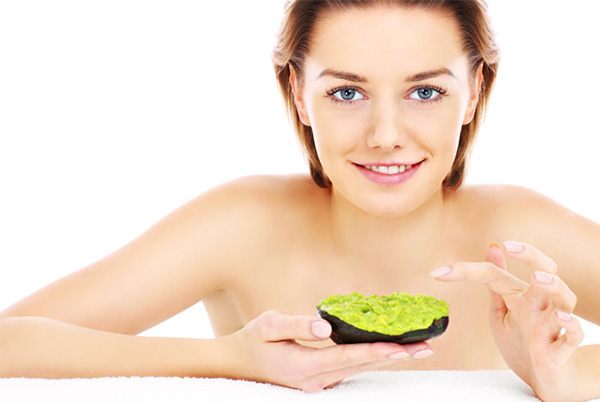
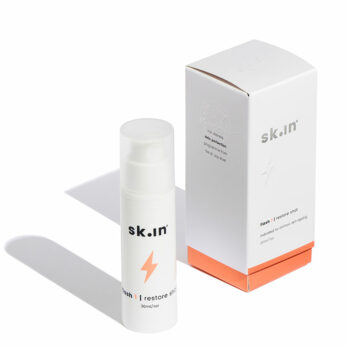
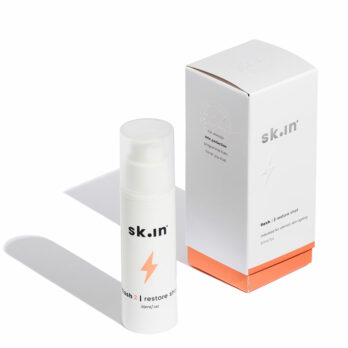
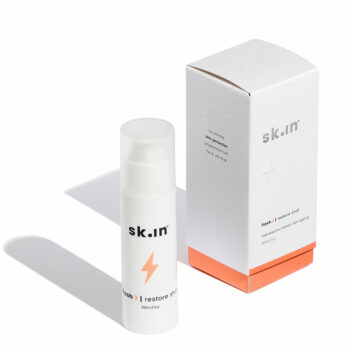
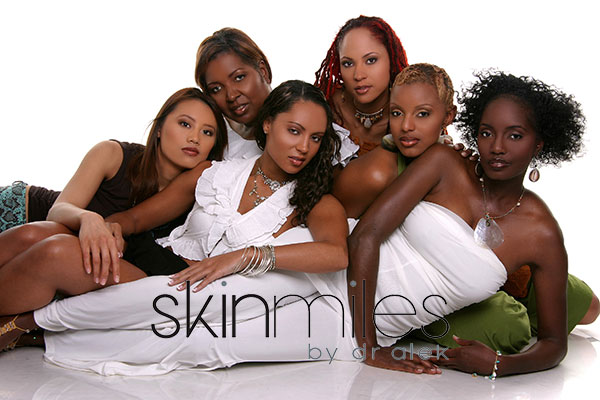
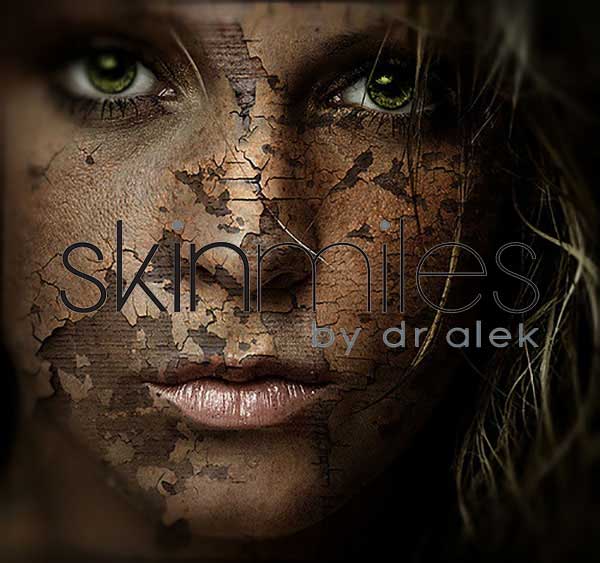

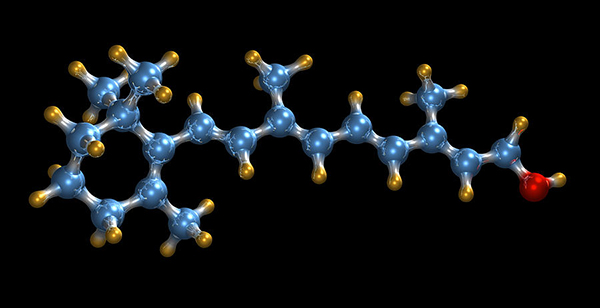

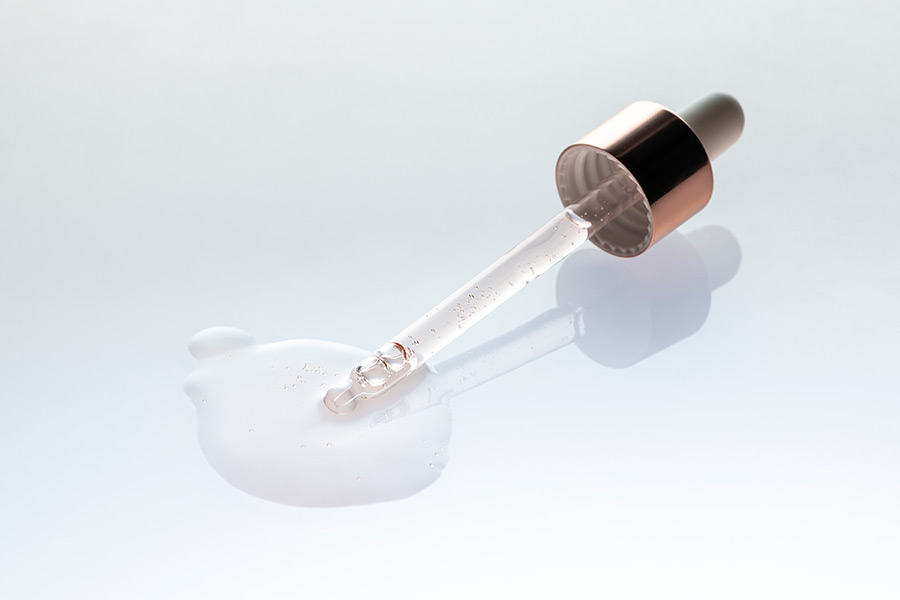
I’ve also recently started using retinol and am very impressed with the results so far